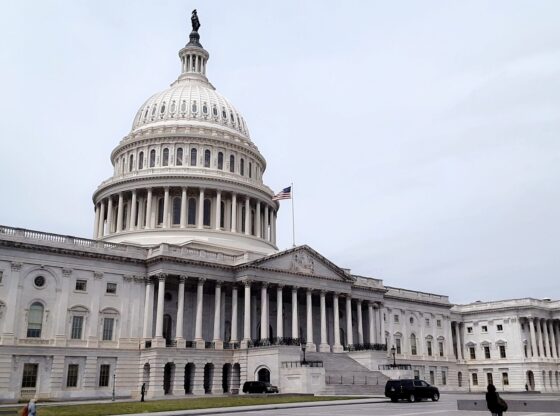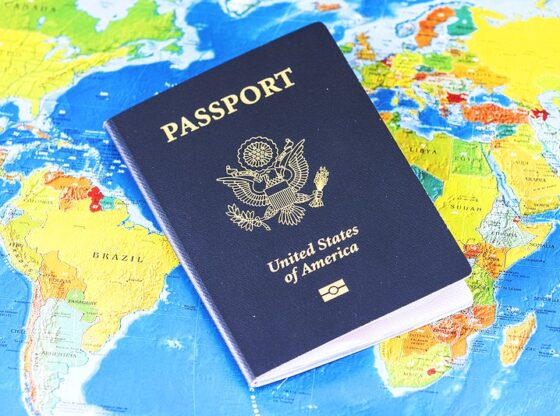Last Friday, I was quite surprised to find out that Trump was going to follow through with his obnoxiously dangerous tariffs. Starting Tuesday night, a massive 25% tariff was to be placed on a variety of Mexican and Canadian goods, as well as a 10% tariff on Chinese goods.
These three countries constitute our largest trading partners. Combined, the three made up a whopping 40% of our total trade in November 2024. Messing with these relationships in such a callous manner is perplexing, to say the least. But what is more perplexing is that there doesn’t seem to be a plan as to how to eventually end these looming trade wars.
A pervasive misunderstanding is that tariffs act as a penalty on other countries, which in a way they do, but the more direct penalty is placed on importers who pay for the goods coming from other countries. The costs that the importers pay are then passed down to consumers, increasing the prospect of inflation.
If I wanted to buy $1000 worth of tomatoes from Mexico, and there is a 25% tariff on produce coming from our southern neighbor, then in reality I am paying $1250, with the additional $250 going to the government. So, in an immediate sense, I am more impacted as an importer and business owner than Mexico is as an exporter.
With this understanding of tariffs, it is important to highlight that historically they have played a pivotal role in the development of emerging economics. Tariffs force importers to look at other less expensive options, and as a result, tariffs can promote domestic industry.
Going back to my tomatoes example, if the Mexican tomatoes were originally cheaper than American ones priced at $1100, then the tariffs now make the Mexican tomatoes the more expensive option. As a business owner, I am going to start buying American tomatoes, and only then is Mexico affected.
This is how tariffs can be used to protect domestic industry. It gives national producers an advantage against other countries that have more competitive prices.
The U.S. first used tariffs in the late 18th century for this reason, and today many emerging economies do the same. It is all about promoting your domestic economy, and when your domestic industry becomes strong enough, you get rid of the tariffs and allow your economy to compete with others on a global scale.
The U.S. has been a dominant economy for a while now, and most of the time other countries are having to use tariffs on American goods because of how comparatively cheap they are. This is why we pressured emerging nations throughout the 80s and 90s — and even to this day — to keep their economies open by making development loans contingent on having low barriers to entry.
If you fail to listen to these demands, then your country will lose out on a needed source of funding. This relationship is what dependency theorists point to when discussing how core countries like the U.S. maintain international economic hierarchies.
Nowadays, countries have to impose increasingly higher and higher tariffs on American goods to compete with us. And for folks like Trump, this comes off as other nations screwing us over. In reality, countries that place tariffs on us are just trying to catch up after decades of exploitation. No one is screwing us over.
Behind the scenes though, threatening the use of tariffs on other countries might just end up taking the form of an additional tool in America’s toolbox of exploitation. The heyday of exploitative loans is over, and threatening a tariff war with other countries might be a way for Trump to force other countries to lower their barriers to entry for American goods, and in general, force other countries to do what he wants. Let me explain.
A tariff war will put a lot of stress on both American consumers and our neighbors, but the brunt of the burden after an extended period of time will be placed on Mexico and Canada.
Let’s look at Mexico for example. While 15% of our trade is with Mexico, 78% of Mexican trade takes place with us. Their economy is drastically more dependent on the U.S., and it is for this reason that some economists have alluded to a potential period of deindustrialization in Mexico as a result of Trump’s tariffs.
Trump’s trade policies will be devastating for American consumers, but they will be disastrous for Mexico. My assumption is that Trump is hoping Mexican and Canadian officials will eventually cave in to Trump’s demands, which as of today, appears to have already happened.
Trump announced earlier today he will put a hold on tariffs after Claudia Sheinbaum, the president of Mexico, agreed to send 10,000 Mexican troops to police the border. The Prime Minister of Canada, Justin Trudeau, also agreed to measures related to securing the northern border, resulting in a pause on Canadian tariffs as well.
All in all, Trump is not using tariffs to promote our national industry, but he is using them to bully and intimidate smaller economies into submitting to the will of his fascist fever dream.












